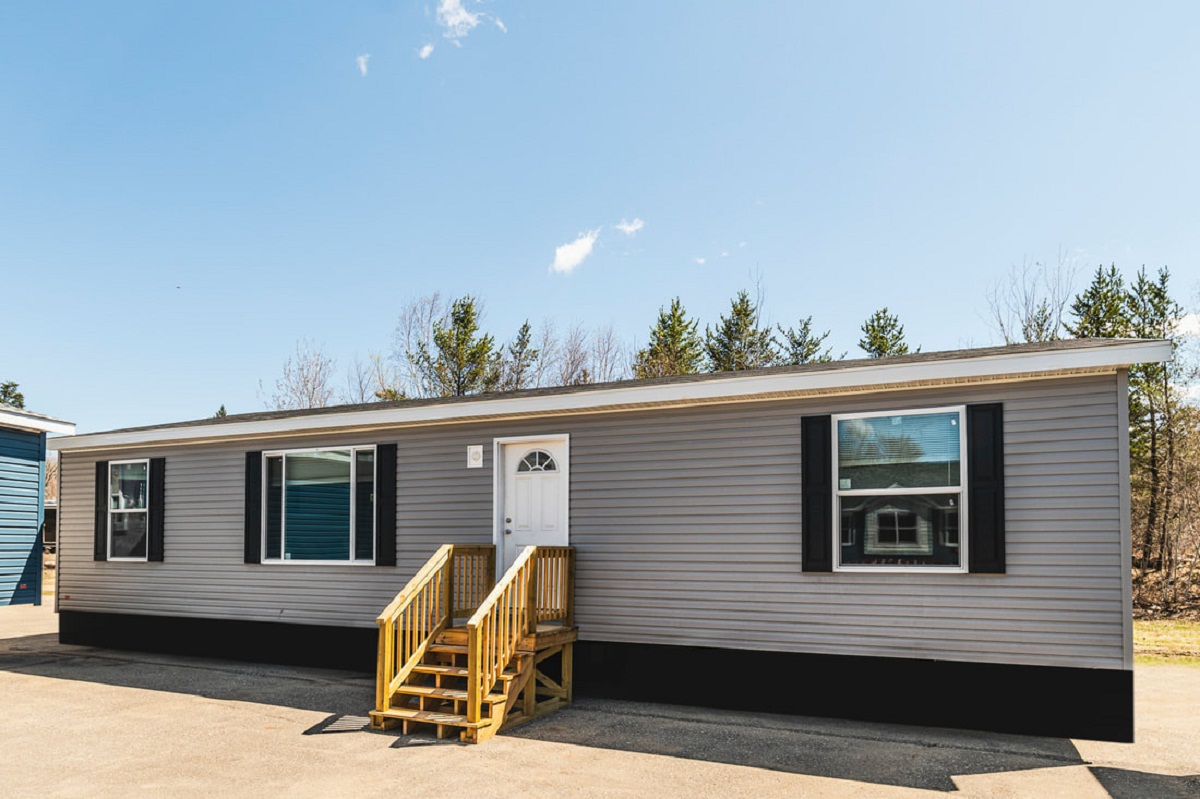

Articles
How To Install Rain Gutters On Mobile Home
Modified: December 7, 2023
Learn how to install rain gutters on your mobile home with step-by-step instructions and expert advice in our informative articles.
(Many of the links in this article redirect to a specific reviewed product. Your purchase of these products through affiliate links helps to generate commission for Storables.com, at no extra cost. Learn more)
Introduction
Installing rain gutters on a mobile home is a vital step in protecting your property from water damage. Rain gutters help to channel water away from the roof and foundation, preventing issues such as erosion, leaks, and mold growth. While the process may seem daunting, it can be easily accomplished with the right tools and materials.
In this article, we will guide you through the step-by-step process of installing rain gutters on your mobile home. Whether you are a DIY enthusiast or a homeowner looking to save on installation costs, this guide will provide you with the knowledge and confidence to successfully complete the project.
Before we dive into the installation process, it is important to note that safety should always be a top priority. Make sure to use proper safety equipment such as gloves, safety glasses, and a sturdy ladder. If at any point you feel unsure or uncomfortable, it is advisable to seek professional assistance.
Now, let’s get started on installing rain gutters on your mobile home!
Key Takeaways:
- Protect your mobile home from water damage by installing rain gutters. Follow the step-by-step guide for a successful DIY installation and enjoy added property protection and peace of mind.
- Prioritize safety, gather necessary tools, measure, mark, and test the gutter system. Regular maintenance ensures long-term effectiveness and property protection.
Read more: How To Install Rain-Go Gutters on Video
Step 1: Gather the necessary tools and materials
Before you begin the installation process, it is important to gather all the necessary tools and materials. Having everything prepared in advance will help streamline the installation and ensure that you have everything you need.
Here is a list of the tools and materials you will need:
- Gutters: Measure the length of your mobile home to determine the amount of gutter sections needed. Consider choosing high-quality aluminum gutters for durability.
- Gutter hangers: These will be used to attach the gutters to the mobile home. Opt for hangers with screws for a more secure installation.
- Downspouts: Measure the distance between the gutters and the ground to determine the length of the downspouts needed. Make sure to also have downspout elbows and brackets for proper installation.
- Screws and fasteners: You will need screws to secure the gutter hangers and attach the downspouts. Ensure that the screws are corrosion-resistant to withstand weather conditions.
- Sealant: Use a waterproof sealant to seal any joints and connections to prevent leaks.
- Hacksaw or tin snips: These tools will be used to cut the gutter sections and downspouts to the desired lengths.
- Measuring tape: A measuring tape will help ensure accurate measurements for precise installation.
- Ladder: Choose a sturdy ladder that can reach the height of your mobile home safely.
- Pencil or marker: Use a pencil or marker to mark the gutter placement and measurement points on the mobile home.
- Safety equipment: Wear gloves and safety glasses to protect yourself during the installation process.
Having all these tools and materials ready will save you time and prevent interruptions during the installation process. Now that you have everything you need, let’s move on to the next step: measuring and marking the gutter placement.
Step 2: Measure and mark the gutter placement
Measuring and marking the gutter placement is a crucial step in ensuring that your rain gutters are installed correctly and effectively. This step will help you determine the proper positioning of the gutter sections on your mobile home.
Here are the steps to measure and mark the gutter placement:
- Start by positioning your ladder securely near the area where you plan to install the first gutter section.
- Using a measuring tape, measure the length of the area and determine the appropriate length for the gutter section. Make sure to leave a slight slope towards the downspout for proper water drainage.
- Mark the measurements on the mobile home using a pencil or marker. This will serve as a guide for the placement of the gutter hangers.
- Repeat the process for the remaining areas where gutter sections will be installed.
- Once all the measurements are marked, double-check the accuracy of the marks to ensure that the gutter sections will be positioned correctly.
It is important to note that gutters should be installed at a height where they will catch water from the roof but still allow enough clearance for any overhangs. Additionally, consider any potential obstacles such as windows or vents that might affect the placement of the gutter sections.
By measuring and marking the gutter placement accurately, you will ensure that the gutters effectively collect and divert water away from the mobile home. Now that you have the gutter placement marked, it’s time to move on to the next step: installing gutter hangers.
Step 3: Install gutter hangers
Gutter hangers are essential for securely attaching the gutter sections to your mobile home. They provide stability and support, ensuring that the gutters can withstand the weight of water and debris. Properly installing gutter hangers will prevent sagging or detachment of the gutters.
Follow these steps to install gutter hangers:
- Begin by attaching the first gutter hanger near one end of the marked placement line. Position it slightly below the line to allow for a slight slope towards the downspout.
- Using a screwdriver or drill, secure the gutter hanger to the mobile home using screws. Make sure the screws penetrate into the mobile home’s structure for a sturdy installation.
- Continuing along the marked placement line, space the gutter hangers evenly, typically every 2 to 3 feet. This will help provide adequate support for the gutter sections.
- Once all the gutter hangers are installed, go back and ensure that they are securely fastened, tightening any loose screws if necessary.
- Repeat this process for the remaining marked placement lines.
It is crucial to note that the number of gutter hangers required may vary depending on the length of the gutter sections and the manufacturer’s guidelines. Be sure to refer to the instructions provided with the gutter hangers for specific recommendations.
Proper installation of gutter hangers will ensure that the gutter sections are firmly attached to your mobile home, promoting efficient water flow and preventing any potential damage. With the gutter hangers in place, it’s time to move on to the next step: attaching the gutter sections.
When installing rain gutters on a mobile home, make sure to measure the length accurately and use a level to ensure proper slope for water drainage. Use gutter hangers to securely attach the gutters to the home.
Step 4: Attach the gutter sections
Now that the gutter hangers are installed, it’s time to attach the gutter sections to your mobile home. This step will bring your rain gutter system closer to completion, allowing for proper water collection and redirection.
Follow these steps to attach the gutter sections:
- Starting at one end of the marked placement line, position the first gutter section against the installed gutter hangers. Ensure that the section aligns with the marked measurements and slopes slightly towards the downspout.
- Using screws, secure the gutter section to the gutter hangers. Make sure to place a screw on each side of the gutter hanger for increased stability.
- Move along the marked placement line, attaching the remaining gutter sections in the same manner. Be sure to overlap the edges of the sections slightly to ensure a tight connection.
- If the length of your mobile home requires multiple lengths of gutter sections, use gutter connectors to join them together. Apply sealant to the connectors to prevent any potential leaks.
- Double-check the alignment and secureness of each gutter section, making any necessary adjustments or tighten screws if needed.
During the installation process, it is important to maintain a consistent slope towards the downspout. This slope ensures that water flows smoothly and efficiently through the gutter system, preventing pooling or overflow.
By properly attaching the gutter sections, you will create a continuous pathway for water to flow from your mobile home’s roof to the downspouts. With the gutter sections in place, it’s time to move on to the next step: connecting the downspouts.
Read more: What Do I Need To Install Rain Gutters
Step 5: Connect the downspouts
Connecting the downspouts is a critical step in completing your rain gutter installation on your mobile home. Downspouts are responsible for carrying the water collected by the gutters safely away from your home’s foundation to prevent water damage.
Follow these steps to connect the downspouts:
- Measure the distance between the bottom of the gutter and the ground to determine the length of the downspouts needed. Take into account any angles or bends required to properly direct the water away from the mobile home.
- Cut the downspouts to the appropriate length using a hacksaw or tin snips.
- Attach a downspout elbow to the bottom of each gutter section to create a smooth transition into the downspout. Secure it with screws or fasteners as needed.
- Position the first downspout against the elbow and secure it using screws or fasteners.
- If your mobile home requires multiple downspouts, join them together using downspout connectors. Apply sealant to ensure a watertight connection.
- Attach a downspout bracket near the bottom of the downspout to secure it to the exterior wall of your mobile home. Be sure to use screws that are appropriate for your mobile home’s exterior material.
- Repeat the process for each downspout, ensuring that they are securely attached and aligned with the marked measurements.
Connecting the downspouts completes the rain gutter system, allowing water to efficiently flow from the gutters and safely away from your mobile home. It is important to ensure that the downspouts are properly secured and angled to prevent any water pooling or drainage issues.
Now that the downspouts are connected, it’s time to move on to the final step: testing the gutter system.
Step 6: Test the gutter system
After completing the installation of your rain gutter system on your mobile home, it is crucial to test its functionality before considering the job done. Testing the gutter system will help you identify any potential issues or leaks and ensure that the water is flowing properly.
Follow these steps to test the gutter system:
- Wait for a rainy day or use a garden hose to simulate rainfall.
- Observe the water flow from the gutters to make sure it is directed away from your mobile home’s foundation.
- Check for any leaks or overflowing at the gutter connections, downspouts, or corners.
- Inspect the downspouts to ensure that water is freely flowing without any obstructions or blockages.
- If any leaks or issues are found, make the necessary repairs or adjustments. This may involve resealing connections, tightening screws, or adjusting the slope of the gutters.
Testing the gutter system is critical to prevent water damage and ensure that your mobile home is adequately protected. It allows you to identify and address any issues before they escalate into larger problems.
Once you have tested and confirmed that the gutter system is functioning properly, you can have peace of mind knowing that your mobile home is well-equipped to handle rainwater and protect your property.
With the installation and testing process complete, you have successfully installed rain gutters on your mobile home. Regular maintenance and cleaning of the gutters will help maintain their efficiency and effectiveness. By ensuring that the gutters are free from debris and blockages, you can prolong their lifespan and prevent any potential issues down the line.
Congratulations on completing the installation of rain gutters on your mobile home! You can now enjoy the added protection and peace of mind that come with a properly functioning gutter system.
Thank you for following this step-by-step guide. We hope this article has been helpful in guiding you through the process of installing rain gutters on your mobile home!
Conclusion
Installing rain gutters on your mobile home is a wise investment that can help protect your property from water damage. By effectively diverting water away from the roof and foundation, rain gutters prevent issues such as erosion, leaks, and mold growth.
In this comprehensive guide, we have walked you through the step-by-step process of installing rain gutters on your mobile home. From gathering the necessary tools and materials to testing the gutter system, each step is essential in ensuring a successful installation.
Remember to prioritize safety throughout the installation process by using appropriate safety equipment and seeking professional assistance if needed. Additionally, infusing creativity and a human-like touch in your writing will engage readers and make the article more enjoyable to read.
By following this guide and taking proper care of your rain gutters, you can have peace of mind knowing that your mobile home is well-protected from the damaging effects of water. Regular maintenance and cleaning of the gutters will help maintain their efficiency and prolong their lifespan.
We hope this article has provided you with valuable insights and guidance on how to install rain gutters on your mobile home. Whether you are a DIY enthusiast or a homeowner looking to save on installation costs, you now have the knowledge and confidence to tackle this project successfully.
Thank you for reading, and best of luck with your rain gutter installation!
Frequently Asked Questions about How To Install Rain Gutters On Mobile Home
Was this page helpful?
At Storables.com, we guarantee accurate and reliable information. Our content, validated by Expert Board Contributors, is crafted following stringent Editorial Policies. We're committed to providing you with well-researched, expert-backed insights for all your informational needs.
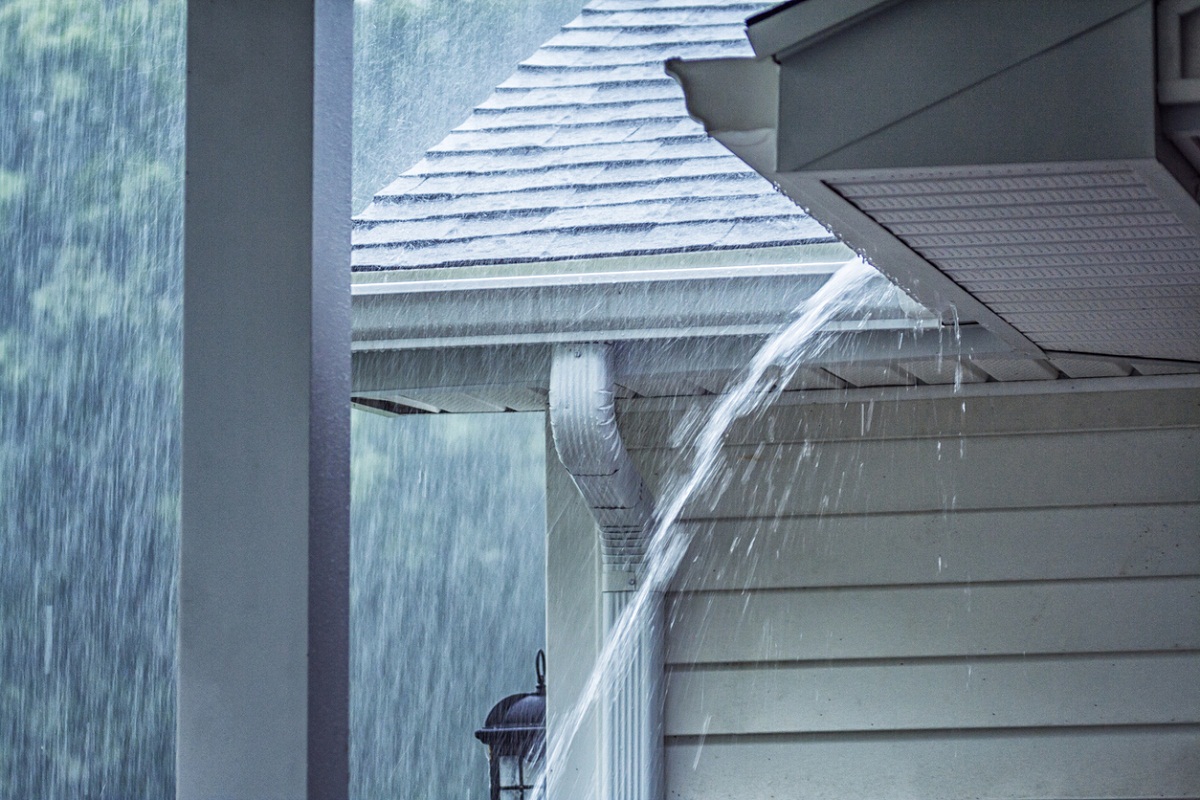
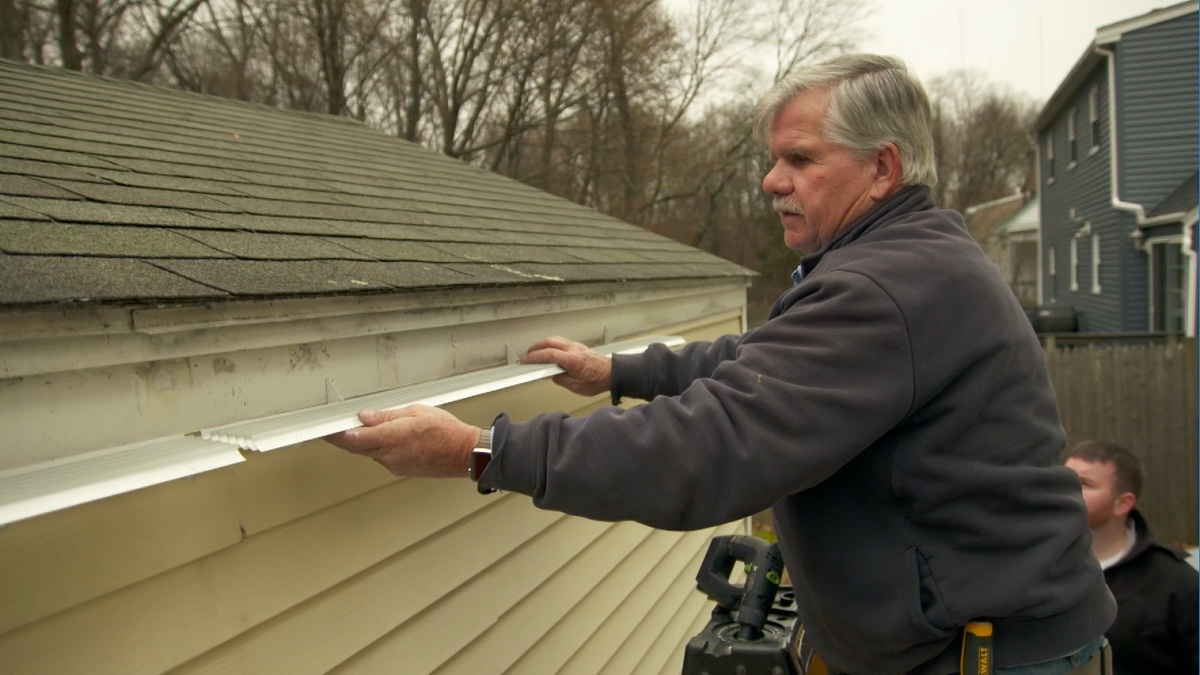
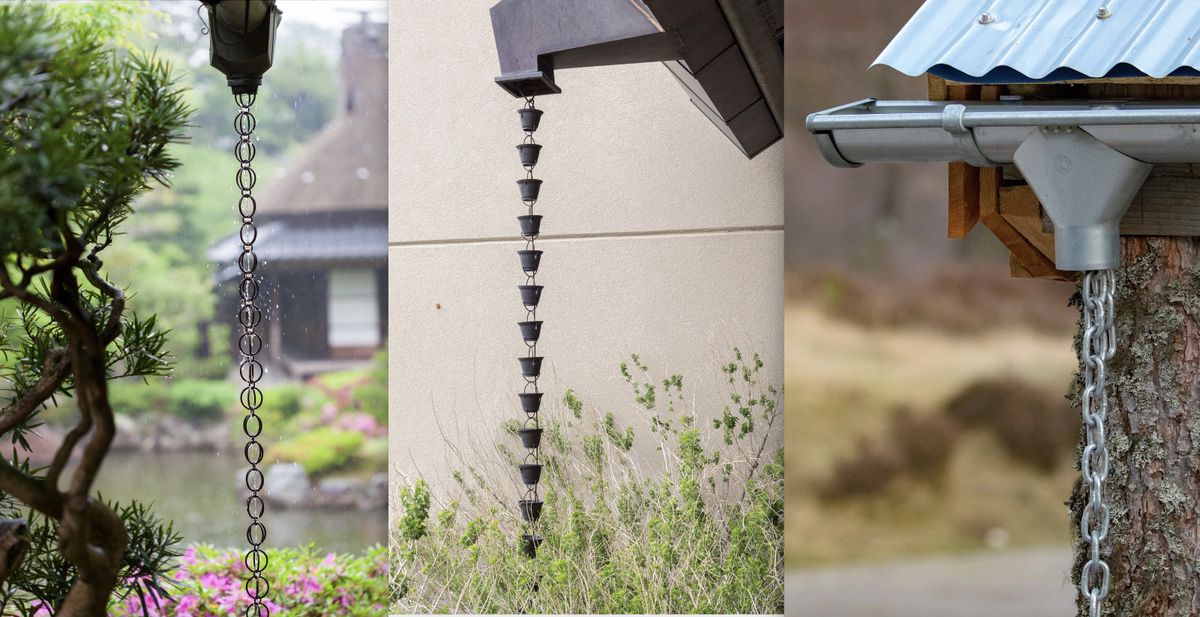
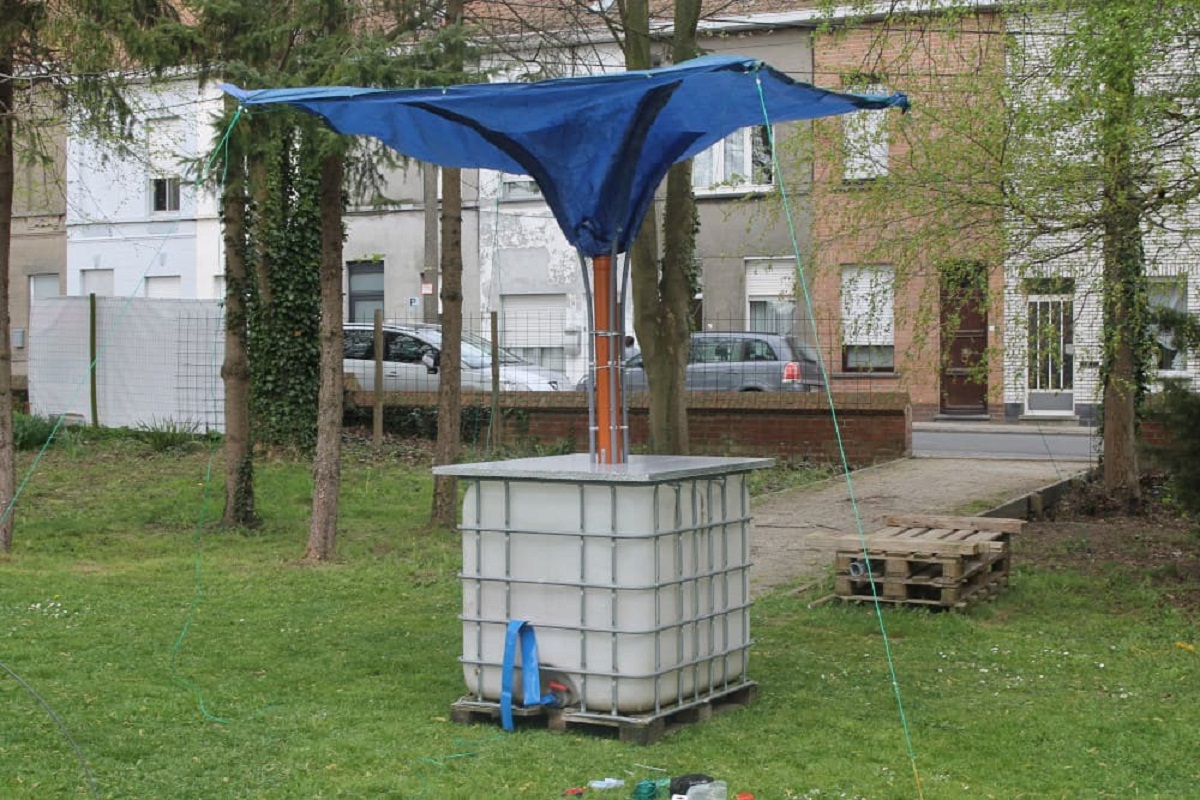
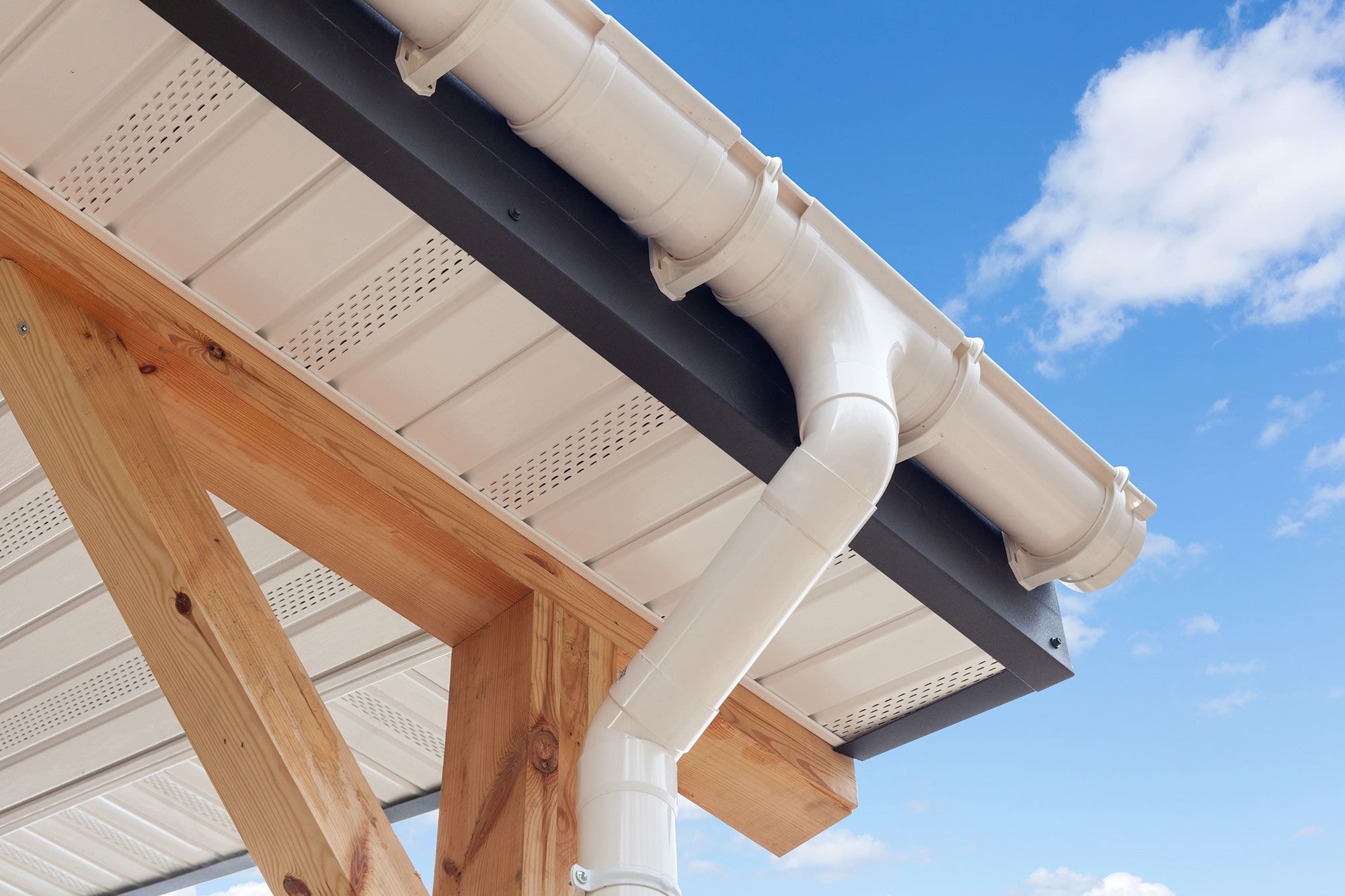
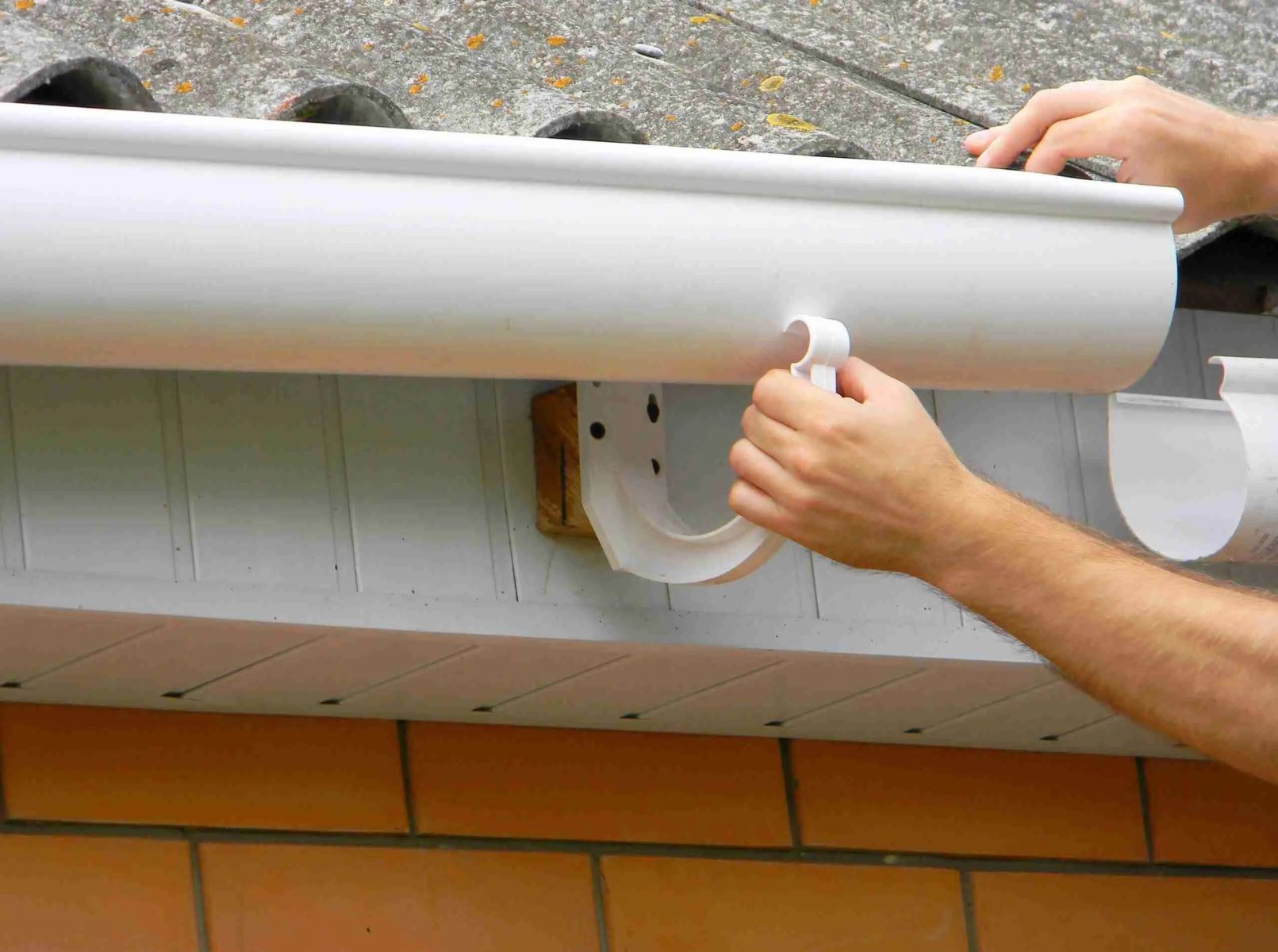
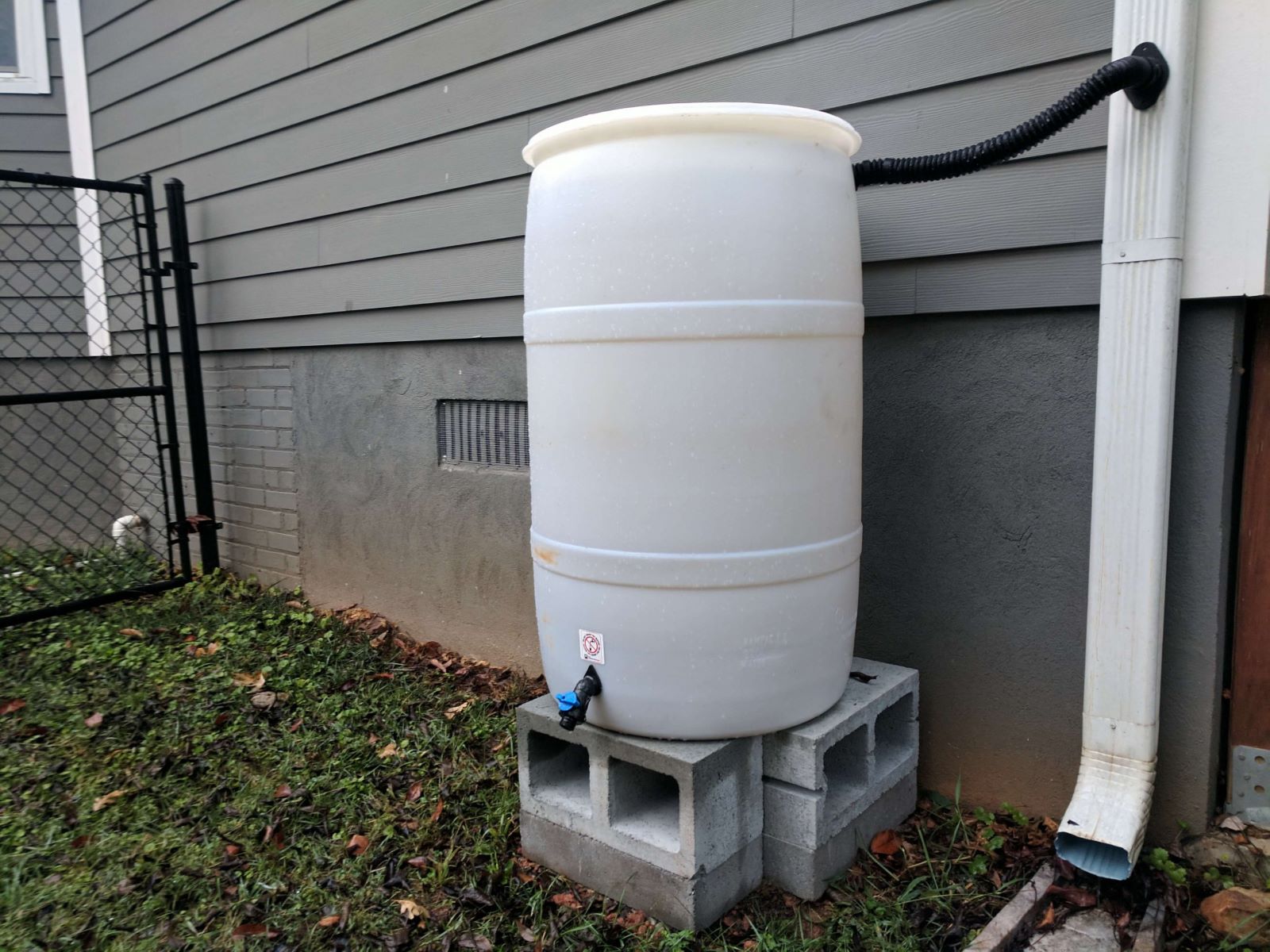
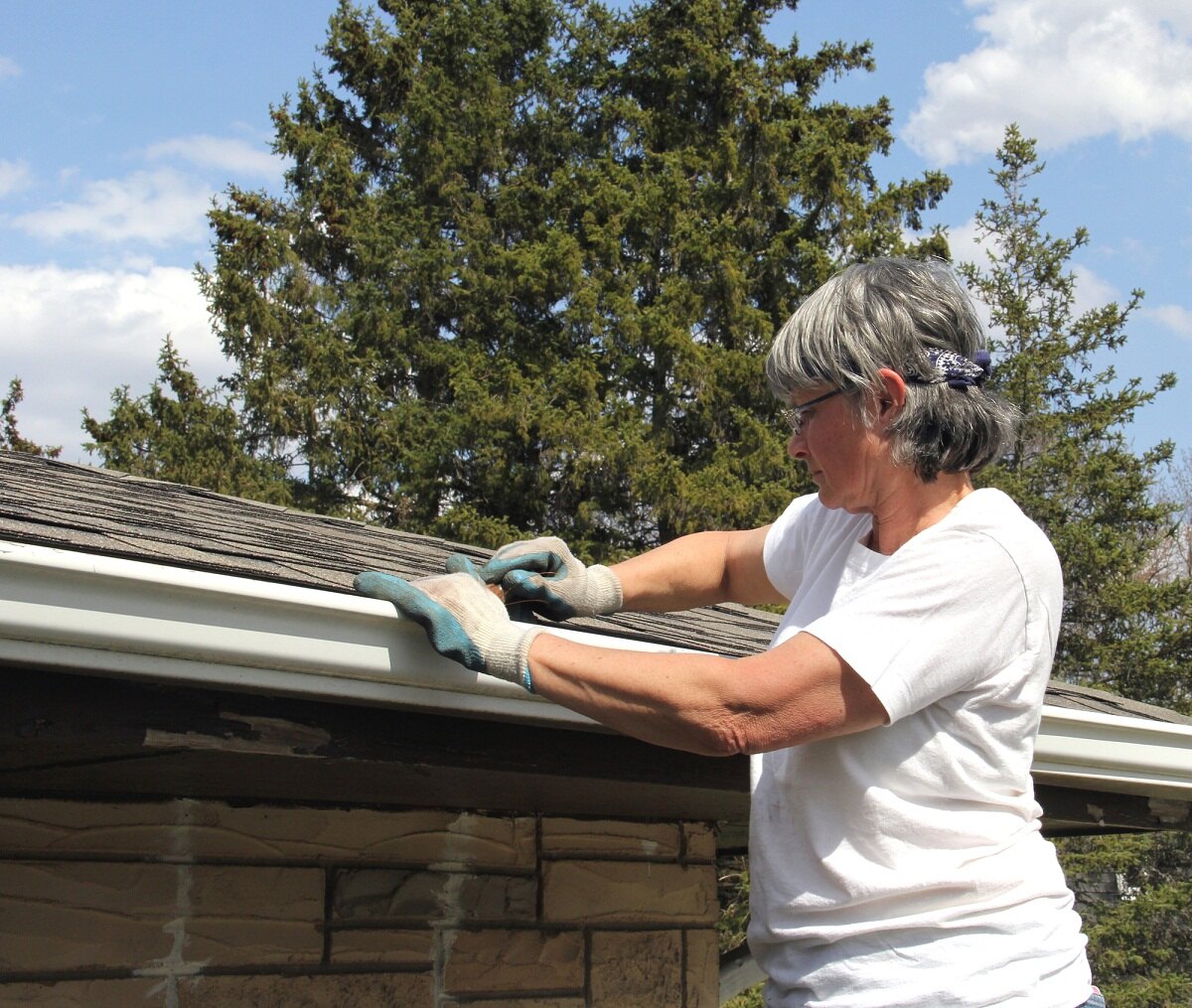
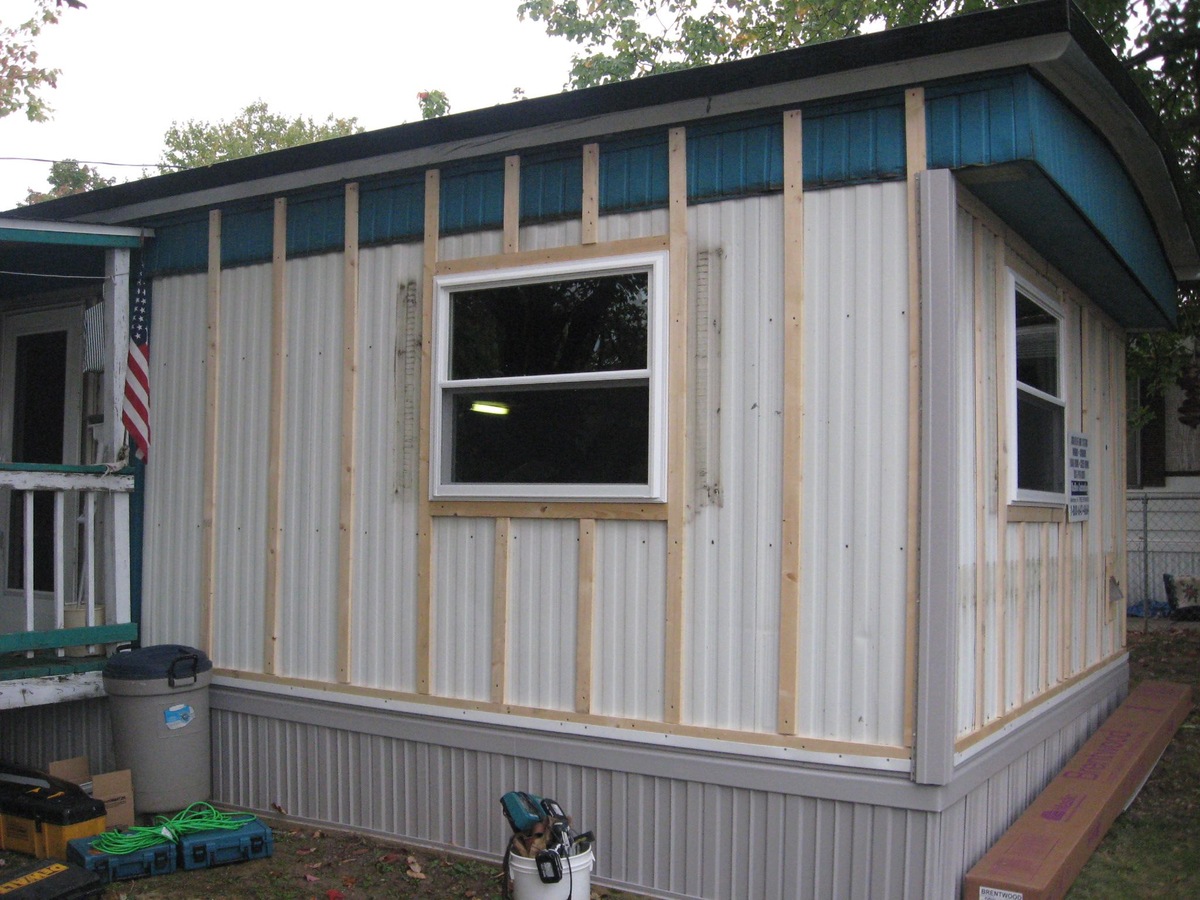

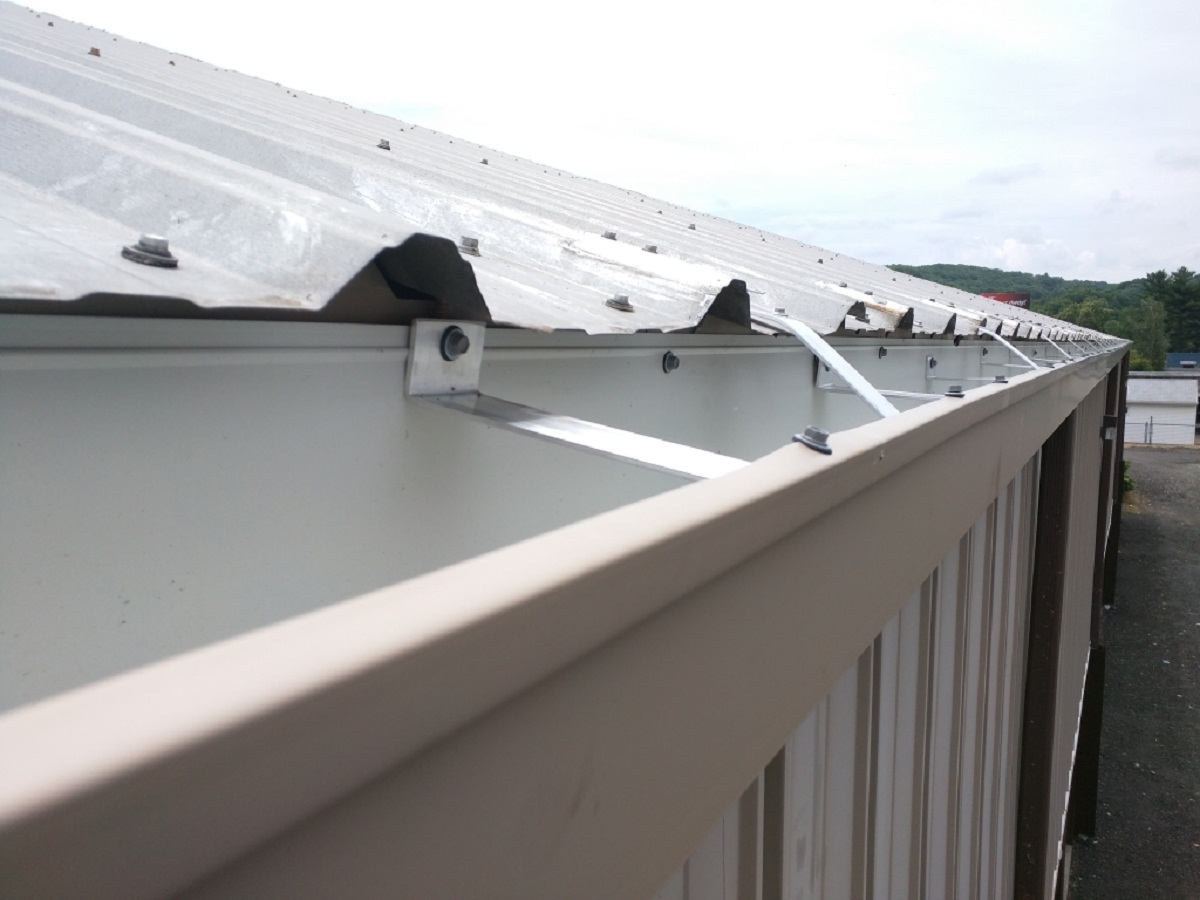
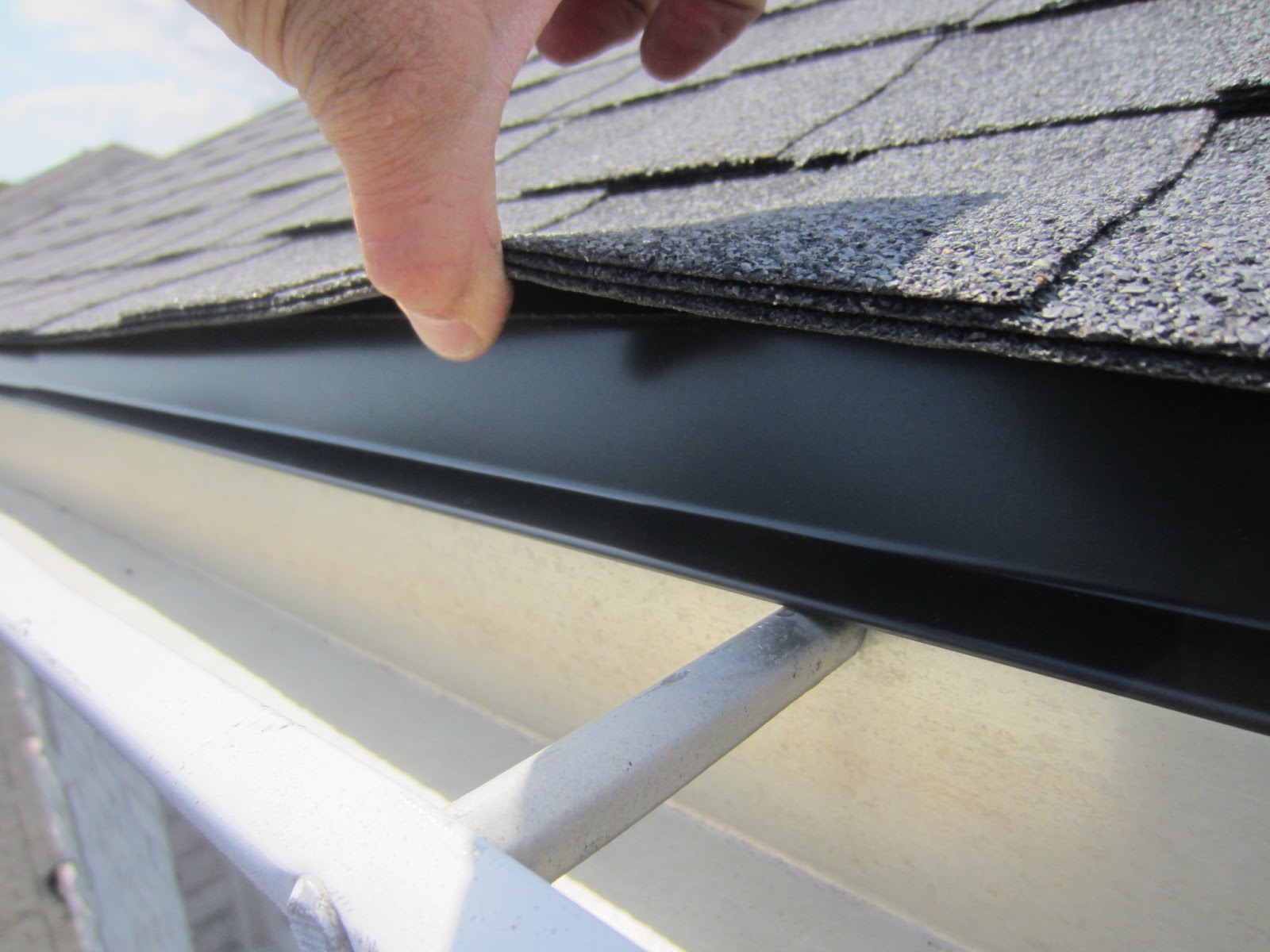
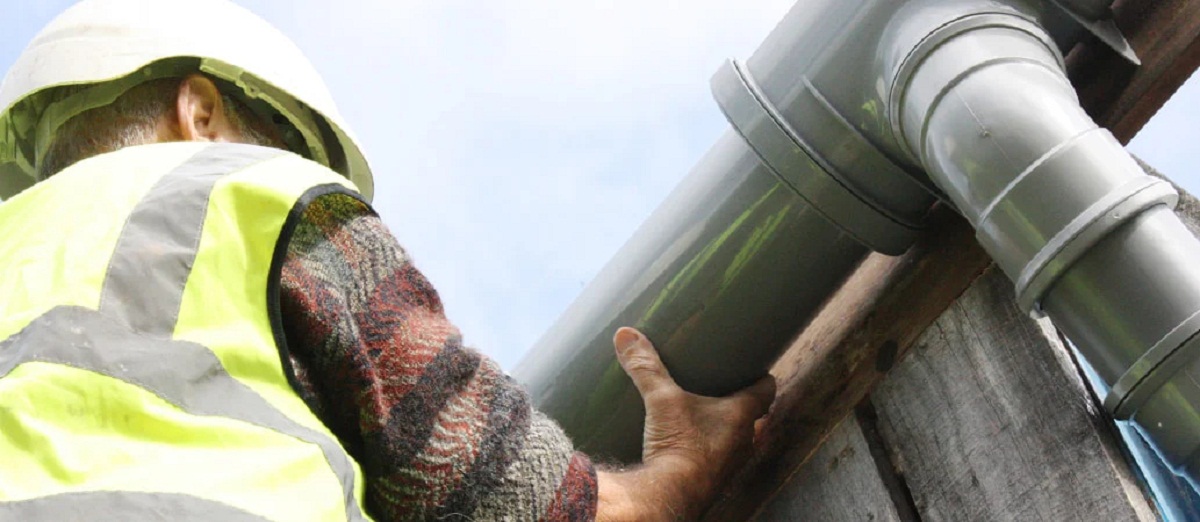
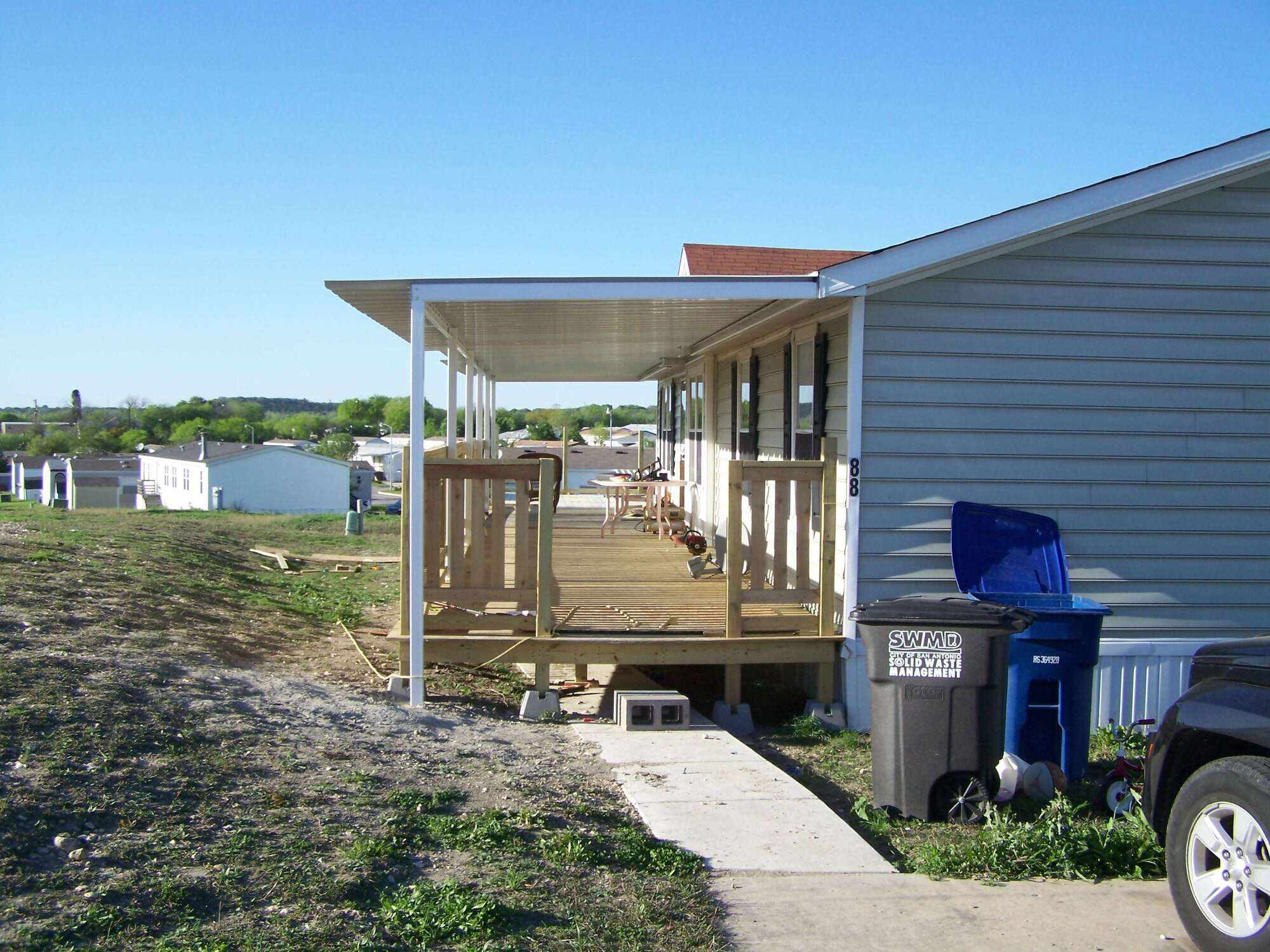

0 thoughts on “How To Install Rain Gutters On Mobile Home”